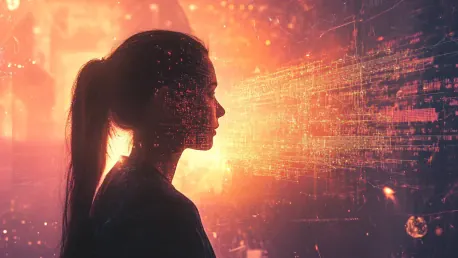As the educational landscape continues to evolve, the integration of artificial intelligence (AI) and multimodal learning promises to redefine how we teach and learn by 2025. Considering the transformative advancements expected to shape classrooms, these innovations aim to democratize education, ensuring that students from all backgrounds gain access to enriched learning experiences. AI’s potential to personalize education through tailored learning paths, combined with multimodal resources, offers new ways to engage learners and cater to diverse learning styles. The fusion of human empathy and technological versatility creates an environment where students benefit from the best aspects of both worlds, enhancing their understanding and retention of complex subjects.
Democratizing Education through Edtech Advances
In recent years, technology has made significant strides in making education more inclusive and accessible. The rise of multimodal learning leverages different methods—visual, auditory, and interactive—to reach a broader audience. Traditionally, students without access to private tutors or exclusive programs faced challenges in understanding difficult subjects, particularly in the sciences and mathematics. However, with the proliferation of edtech solutions, learners can now access short-form videos and other resources that break down barriers to comprehension. By 2025, these advances are expected to further level the playing field, allowing students from various socio-economic backgrounds to benefit equally from high-quality education.
Educators play a pivotal role in the development of multimodal content, ensuring that technology serves as a complement rather than a replacement. Teachers bring essential qualities such as empathy, contextual understanding, and pedagogical expertise that are crucial for creating effective learning materials. As AI becomes more sophisticated, it will assist teachers in curating and personalizing content to meet the unique needs of each student. This collaboration between educators and AI will result in a hybrid approach to teaching, where human elements provide the nuance and emotional intelligence required for deeper learning while technology enhances engagement and accessibility.
The Hybrid Approach: Human Teaching Meets AI Versatility
The future of education lies in a balanced integration of human teaching and AI tools. AI’s versatility allows for the creation of personalized learning experiences that adapt to individual student needs. By 2025, the standardization of hybrid learning models is anticipated, blending in-person instruction with AI-driven, multimedia-rich resources. This approach not only values human interaction but also leverages technology to deliver content that resonates with various learning preferences. The synergy between AI and educators ensures that students receive a holistic education that prepares them for the complexities of the modern world.
One significant trend is the rise of advanced audio learning models, which support flexible and accessible education. For students who prefer auditory learning methods or need to multitask, these models provide an alternative means of content delivery. Audio-based resources, coupled with interactive elements, enable students to absorb information in a format that suits their lifestyle and learning habits. By integrating these auditory experiences with other multimodal resources, educators can create a comprehensive learning environment that caters to different sensory preferences and enhances overall engagement.
AI-Powered Personalization and the Road Ahead
As the educational landscape evolves, the integration of artificial intelligence (AI) and multimodal learning is set to transform teaching and learning by 2025. These innovations seek to democratize education, ensuring students from diverse backgrounds access enriched learning experiences. AI’s ability to personalize education through customized learning paths, combined with multimodal resources, offers new methods to engage students and accommodate various learning styles.
AI can analyze students’ strengths and weaknesses, allowing educators to develop tailored curricular strategies that maximize each learner’s potential. Multimodal learning, which includes visual, auditory, and kinesthetic resources, supports these personalized paths, making complex subjects more accessible and comprehensible. The blend of human empathy and technological versatility fosters an educational environment where students benefit from both emotional support and advanced tools. This synergy enhances understanding and retention, ensuring that education is both effective and inclusive, preparing students for future challenges and opportunities.









